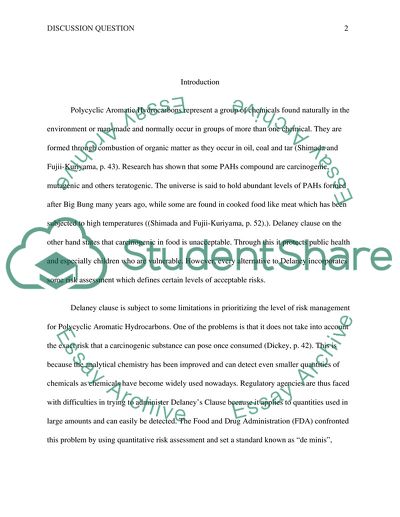Polycyclic Aromatic Hydrocarbons (PAHs) Research Paper - 4. Retrieved from https://studentshare.org/miscellaneous/1638435-polycyclic-aromatic-hydrocarbons-pahs
Polycyclic Aromatic Hydrocarbons (PAHs) Research Paper - 4. https://studentshare.org/miscellaneous/1638435-polycyclic-aromatic-hydrocarbons-pahs.


